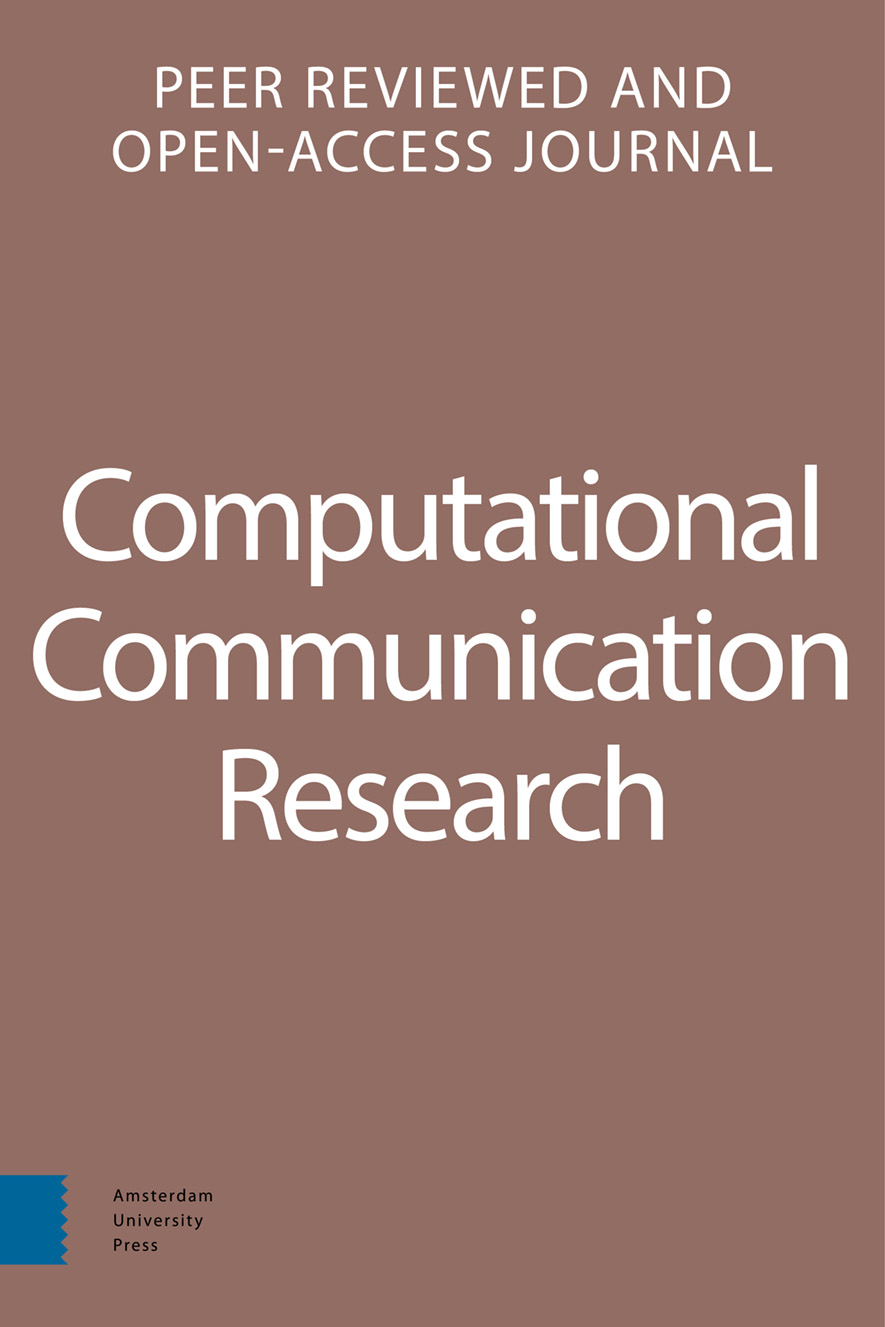-
oa Who Says What with Whom
Using Bi-Spectral Clustering to Organize and Analyze Social Media Protest Networks
- Amsterdam University Press
- Source: Computational Communication Research, Volume 2, Issue 2, Oct 2020, p. 153 - 174
-
- 01 Oct 2020
Abstract
Social media protest networks involve many participants, from long-time activists to individuals who are engaged only in a particular protest event. We propose a new approach to studying how various communities of users participate in protest events. Our approach combines two methodological innovations. First, rather than study tweets central to one event, we collect full timelines of user activity leading up to participation in a focal event. Second, we propose bi-spectral clustering as a scalable computational method for rapidly identifying communities of users by the words (hashtags) they use. Using a large sample of tweets from users who discussed the 2016 protests in Charlotte, North Carolina following the extrajudicial killing of Keith Lamont Scott as a case study, we demonstrate how bi-spectral clustering can be applied to sort, sample, and identify ideologically and thematically coherent clusters whose members participated in the protest on Twitter. Our proposed approach provides another tool in the mixed methods scholar’s toolkit to computationally sort and cluster large-scale network data by allowing researchers to look beyond focal hashtags or keywords and situate protest messages within the broader communication context of participating users.


